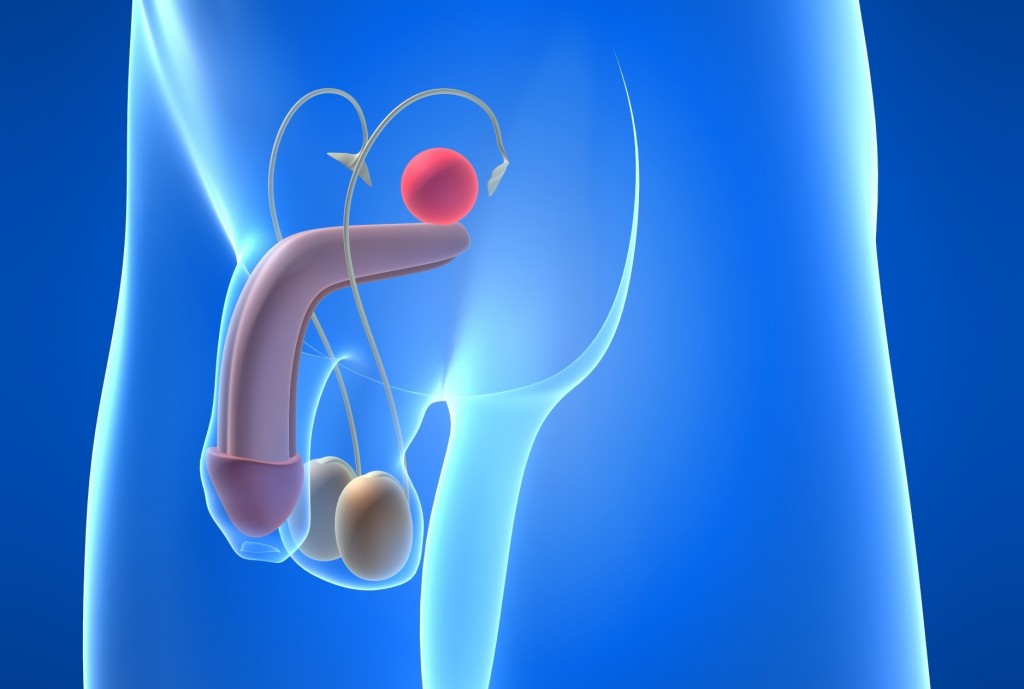
Azoospermia is a condition when there is absence of sperm in males. In this situation, there is no sperm found in the fluid on a routine analysis of semen. It is usually a unpleasant surprise for males, which leads to infertility. This condition is seen in 1% of all males & 15% of infertile males.
What are the signs & symptoms of Azoospermia?
The different signs & symptoms associated with Azoospermia patients are mentioned below in detail:
– Presence of little or no semen
– Pain while passing urine
– Pain in pelvic region
– Abnormal puberty
– Difficulty with ejaculation
– Low sex drive
– Testicles are smaller than lower
– Abnormal puberty
– Reduced male hair growth
– Muscle loss
– Enlarged breasts
– Swelling, pain, & lump in testicle area
– Chromosome or hormone abnormality
What are the two types of Azoospermia & its causes?
Azoospermia is divided into two categories:
1) Obstructive Azoospermia 2) Non-Obstructive Azoospermia
1) Obstructive Azoospermia: In obstructive azoospermia, sperms are produced inside the testicles. Obstruction or blockage is seen in the reproductive tubing that prevents the sperm to flow outside the world.
The causes of obstructive azoospermia can be congenital, genetic, or acquired. Other causes are a) vasectomy a surgical procedure that interrupts the sperm ducts to stop the flow of sperm.
b) Congenital conditions: In this situation, some men are born with missing vas deferens other men are born with cyst in prostate that creates a blockage in ejaculatory ducts.
c) Infections: In this condition, infections of the testicles, prostate, or reproductive tract like epididymitis, prostatitis, orchitis, & venereal diseases like chlamydia take place. It can cause a blockage of ejaculatory duct or small tubules of the epididymis.
d) Surgical complications: The procedures that are performed during surgery on the urogenital organs or hernia repair cause scarring that results to blockage.
2) Non-Obstructive Azoospermia: Non-Obstructive Azoospermia is a condition, in which the tubes are open, there is no production or low level of sperm production. This level is too much low that the sperm is not able to make the way out of the testicle.
The causes of non-obstructive azoospermia is abnormalities with the reproductive hormones or the testicles that control production of sperm. It can be congenital, genetic, or acquired.
a) Genetic causes: The most common chromosomal problem that causes azoospermia in male is when there is an extra X chromosome (Klinefelter Syndrome). Another causes of azoospermia is deletion of Y-chromosome that is responsible for male characteristics.
When one or more genes are deleted in the chromosomes it results in azoospermia. Most of the genetic issues produce small amounts of sperm within the testicles.
b) Hypospermatogenesis: This situation is found through routine semen analysis in which sperm production within the testicle are just at lower amounts than normal.
c) Varicocele: It is characterized by varicose veins around the testicle that causes male infertility.
d) Maturation arrest: It can occur at early or late stage of sperm maturation process.
e) Testicular cancer: Testicular cancer or other tumors of the reproductive system is responsible for azoospermia or very low sperm counts.
What is the Ayurvedic point of view on Azoospermia?
According to Ayurvedic point of view Azoospermia is correlated with Klaibya, Shanda, Napunsaka that indicates impotency. All three doshas (Vata, Pitta, & Kapha) are imbalanced in Azoospermia.

